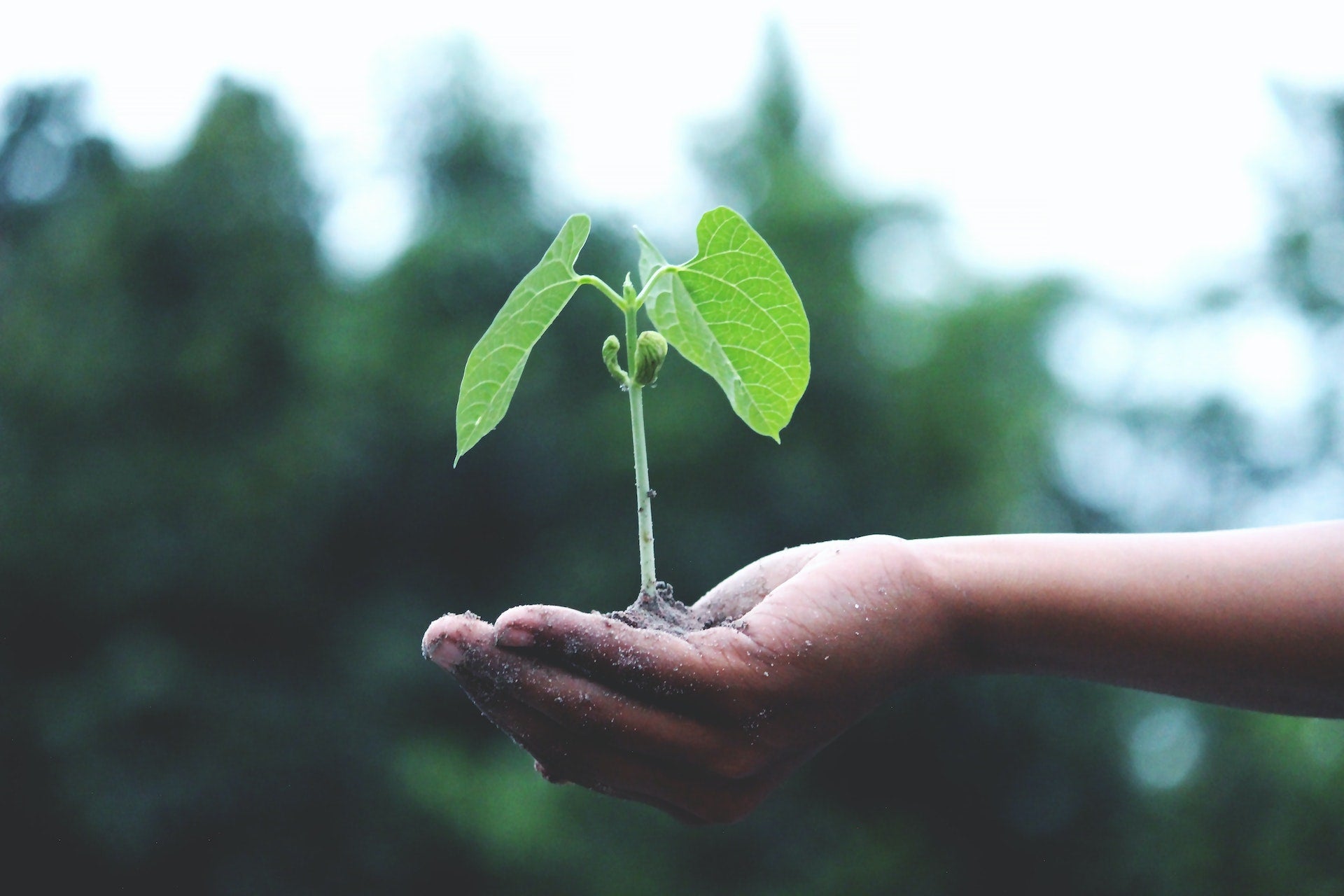Have you ever felt guilty about the waste you’re producing when 3D printing? Lucky for you, there are now ways to reduce waste and improve sustainability during 3D printing. Here are tips to improve sustainability and eco-consciousness during 3D printing.
1. Use recycled filaments & spools

As much as we are scared to admit it, 3D printing produces a lot of plastic waste. To offset this, we recommend using recycled 3D printer filaments. These filaments are sourced from residual extrusion waste streams that are then converted into high-end filaments with a lesser carbon footprint for high-quality performance. Some of them even have a recyclable spool, such as the X3D Pro Recycled PLA.
Some filaments such as the PolyTerra PLA are made mostly from natural materials to reduce its plastic content by 15-20%. It also creates printed parts that are highly compostable while still retaining their excellent mechanical properties.
2. Upcycle empty filament spools

If you must use regular filaments, there’s still a way you can help out the environment. And that is through upcycling or recycling the empty spools. There are many ways that you can repurpose old spools. If you don’t know where to start, check out our design inspirations for empty filament spools. You can also check out Thingiverse, Cults 3D, and Printables for inspiration.
3. Save energy when 3D printing

3D printing projects typically last for hours, some for even a week! This is a huge waste of energy and therefore harmful to our environment. You also have to keep in mind that it’s not only the 3D printer that operates during printing, you’ll also be using a computer, cellphone (when tracking the printing remotely), and various peripherals during post-processing so these will use up energy as well.
How do we reduce the energy used during 3D printing:
- Use bed adhesives to ensure print success and minimise do-overs
- Use enclosures during 3D printing to ensure that optimum heat is achieved. For 3D printers that don’t equip enclosures, find designs online and customise your printer.
- Speed up printing time by reducing the print speed (be careful not to set it too fast as it will ruin your 3D print), reducing the infill density, choosing an infill pattern that takes less time to print, and setting the layers thicker or the walls thinner. These may compromise the quality so use sparingly and for projects that don’t require impeccable surface or toughness.
- Print at lower temperatures when using PLA filament.
-
Use 3D printers with streamlined production and enhanced uptime like the Ultimaker S5 Pro Bundle for high-volume projects for efficient printing.
4. Recycle ruined prints
Failed 3D prints are common especially when you’re just starting out. But it’s not completely hopeless! You can still salvage the ruined 3D prints and recycle them. There are several things you can do to your ruined 3D prints:
-
Make Anything’s upcycled ruined 3D prints involve crushing the prints with a hammer and baking them in an oven to create art objects and lopsided bowls.
- Buy or create your own filament recycler to repurpose filament scraps and failed prints into new usable filaments. These machines involve shredding the used filament into bits, melting them, extruding the material into a new filament, and coiling it around an empty spool. Here are a few filament recyclers we recommend:
- Give your used and scrap filaments to recycling centers. There’s one in Melbourne called Aurarum. DC Engineering 3D Printing in South Australia also accepts PLA and ABS.
5. Use ABS scraps to create slurry, glue, and juice
If you have ABS scraps lying around, you can use them to create a slurry, glue, or juice. The juice can be used to improve bed adhesion when using ABS while the slurry and glue can be used during post-processing to put ABS parts together.
Help reduce waste with these 5 sustainable 3D printing tips!
Help save the planet with these 5 sustainable 3D printing tips. For inquiries, you can call, email, or send us a chat.

